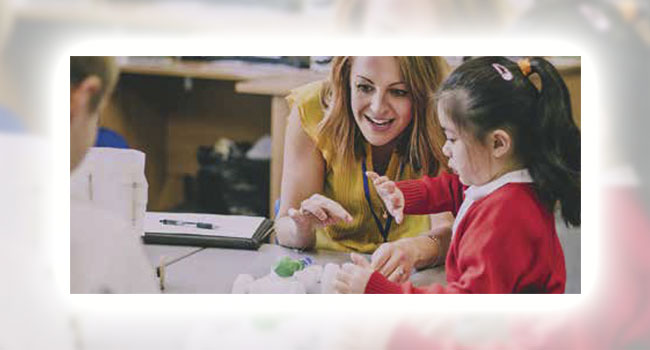
Proactive Steps in Protecting Students Using Technology
Increase school security with technology that doesn’t compromise a nurturing environment
- By Victoria Fox
- April 01, 2019
Safe and nurturing environments are
necessary for today’s learners. It is an
unfortunate reality that today’s educators
are worried about how safe
their school environments are.
School leaders need and want to be smart
about what they purchase. However, parents
are also guiding the decisions by requesting
added security.
While technology enables schools to take
a more ready position to keep students safe
during any crisis, installing systems that give
the community the feel of entering a highsecurity
prison, does not provide a nurturing
educational environment.
To secure safety without producing an
intense and seemingly disciplinary atmosphere,
a growing number of schools are
adopting a comprehensive system that assists
at all stages of a crisis: before they occur,
while they are happening, and after the event
is over.
Technology can help educators implement
safety measures that better secure buildings
while keeping learning front and center. By
using technology to take proactive steps in
protecting students, school administrators
can accomplish a more secure and safe atmosphere.
So what tech actually helps prepare
and respond?
Technology to Consider
Tip Lines. Students have the best understanding
of what is happening around the
halls and within the classrooms. They hear
the threats and see the evidence. Help them
by providing an anonymous way to inform
school authorities without fear of retribution.
Placing a tip line in a mobile app, for
example, makes it easily accessible for students
in a format that they already spend
most of their time.
Digital Checklists. Transform your current
paper-based safety checklists into digital
forms. Electronic cloud-based forms allow
for transparency. These forms will help
schools better prepare for drills and manage
daily procedures. Having a digital list is especially
useful for events that happen commonly,
but infrequently, like a building closure
due to weather. In this example, it’s
important for school staff to implement
additional building lockup procedures that
might be forgotten or passed over unless
documented clearly. A digital checklist can
be filled out faster and allow for transparency
among the safety team, school administrators,
and leaders.
Cameras. A properly installed system of
school security cameras is an essential tool
for ensuring safety on school grounds. Video
surveillance provides real-time awareness
and intelligence that enhances safety. Schools
need to be able to monitor hallways, classrooms
and entryways, prevent vandalism,
and keep students and staff safe.
Access Control. Securing school grounds
begins with keeping people out of facilities
where they have no legitimate business such
as the administration office, chemistry laboratories
or an equipment storeroom. It also
means providing the appropriate access for
students, faculty, and staff at all times of the
day and under varying circumstances. An
innovative, integrated electronic access control
system will provide schools with many
advantages such as scalability, wireless capabilities,
and building-wide coverage.
Communication Tools. In all stages of a
crisis communicating a clear and consistent
message across dozens of channels can be a
challenge, so streamlining efforts is crucial.
Technology is available to help schools
implement immediate solutions such as mass
notifications, web pages, mobile apps.
Systematic Emergency Operations
No crisis, whether it is large or small, is ever
easy to navigate, but using technology will
help from start to finish. All schools should
have an organized, systematic emergency
operations plan in place to prepare for,
respond to, and recover from any crisis. The
types of crisis can vary from gang activity
affecting members of the school, to a natural
disaster, or police activity near school
grounds. Thoughtful planning and preparation
can help ensure the safety of students
and staff.
This article originally appeared in the March/April 2019 issue of Campus Security Today.
About the Author
Victoria Fox is part of the product marketing team at Blackboard.